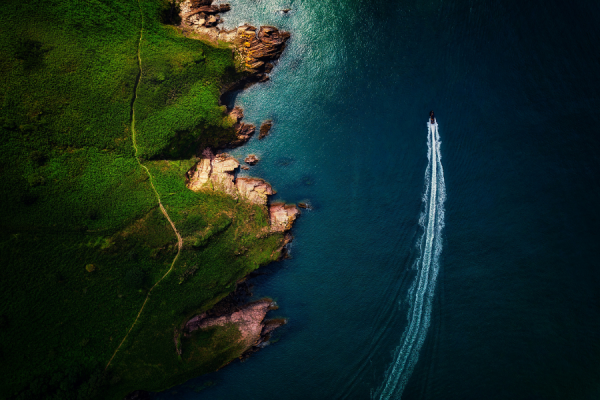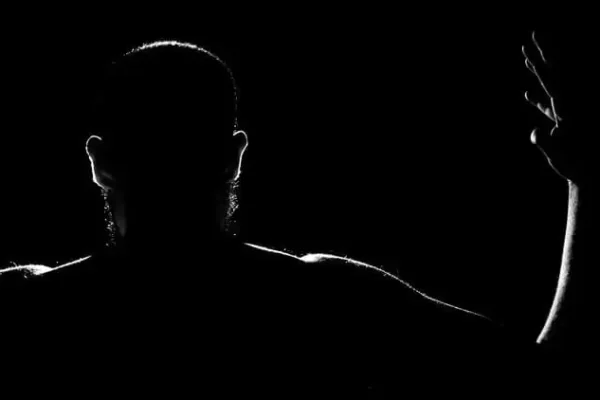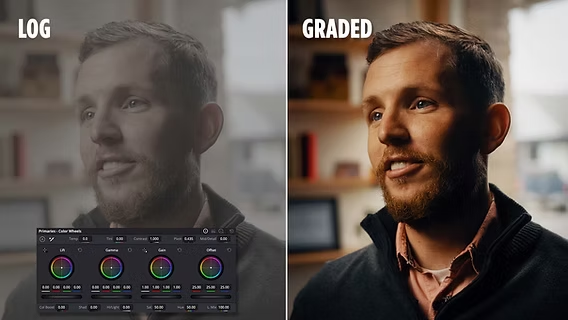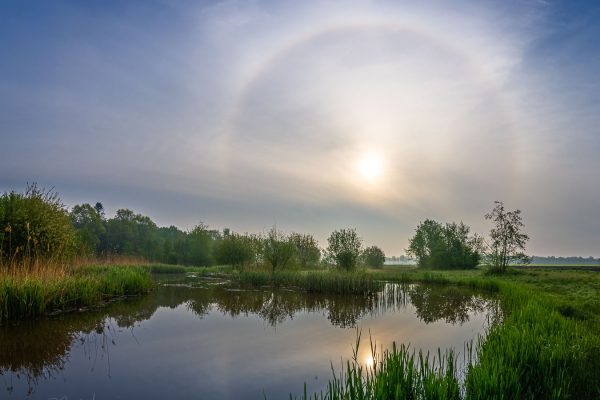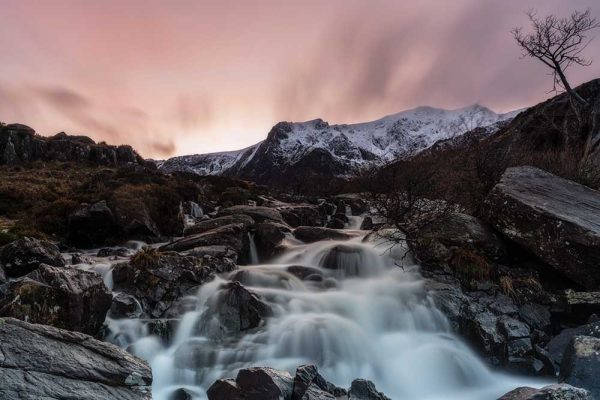
Sound Design in Post-Production, Crafting Audio that Tells a Story
While visuals often take center stage, it’s sound design in post-production that breathes life into film, video, and digital content. From subtle background ambience to dramatic effects and crisp dialogue, sound shapes how we experience a scene—often without us realizing it. Professional sound designers use a blend of technical skill and creative storytelling to create…

